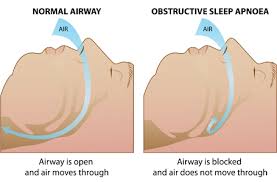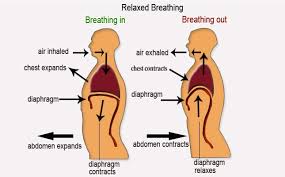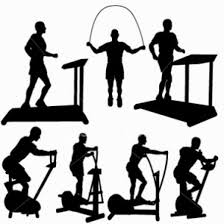Nose breathing:
1. enhance transport of oxygen to our body and brain
2. relieve anxiety and stress
3. lessens our breath (normal breath per min(bpm): 12-14, studies shows heart dissease sufferers bpm: 15-18)
4, releases nitric oxide(NO) to the lungs. The benefits of NO are as follows:
a) regulate our body homeostasis (system regulated to remain very near constant)
b) sterilised the air we inhale
c) increase the amout of oxygen in the blodd
d) open our airways
So what happened to a mouth breather? Let's talk about the negative impacts of mouth breathing.

Mouth breathing (negative impacts):
1. narrows and drop facial features downwards
3. increases risk of developing obstructive sleep apnea (causes breathing to repeatedly stop and start during sleep)

4. leads to development of asthma
When we are stressed we will breathe deeper, faster and noisier from the upper chest and mouth. On the contrary, when we are clam we breathe from the diaphragm in slower pattern thus breathing less. The key here is again nose breathing.

We do know that certain amount of carbon dioxide (CO2) is required to maintain normal volume of breathing and normal functioning.
less CO2 -> heavy breathing -> constricrtion of smooth muscle and blood vessels -> air deficit-> begin to breathe intensely-> only leads to increase loss of CO2 -> negative feedback
Thus, when we beathe heavily it lessen the amount of O2 in the body.
The human body do not constantly attempt to eliminate excess CO2 as this excess signals the body to take breath resulting in adequate amount of O2 delivered. Breathing then becomes light and smooth. Normal levels of CO2 equals good CO2 tolerance, therefore we are able to hold our breath for longer time. During exercise our body produce increased amount of CO2 thus good CO2 tolerance resulting in lower breathing rate.

Breathe properly, breathe through your nose. :)